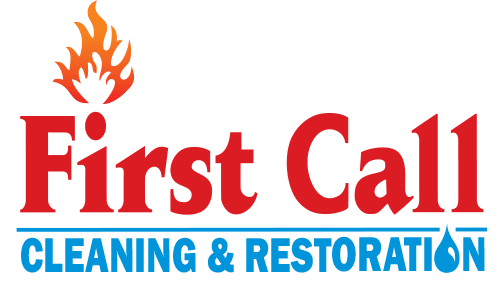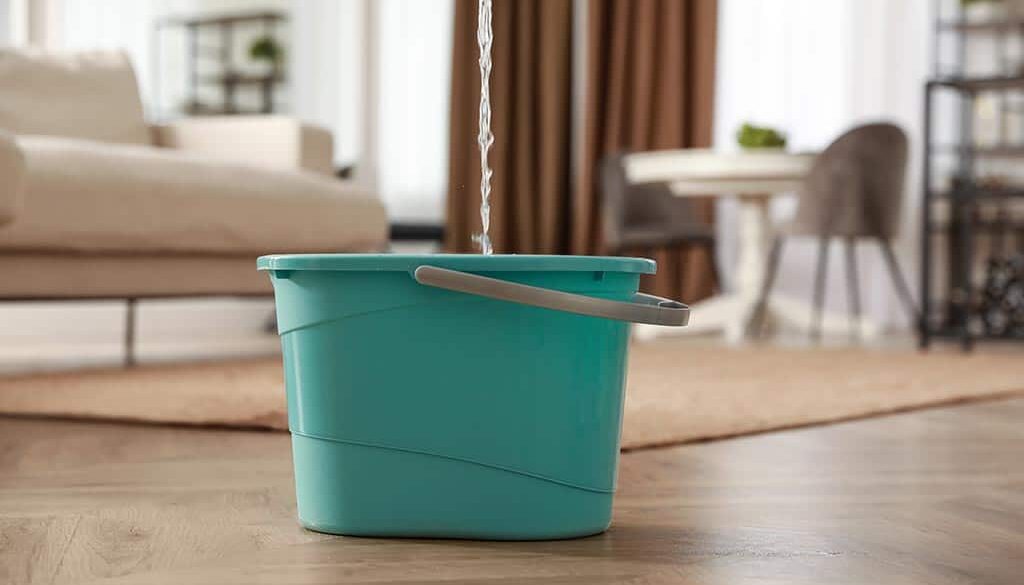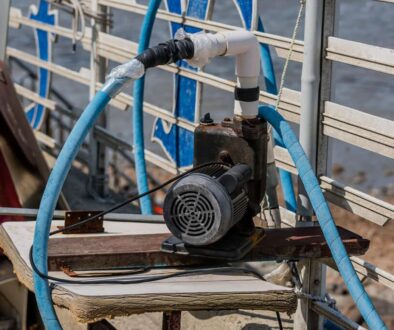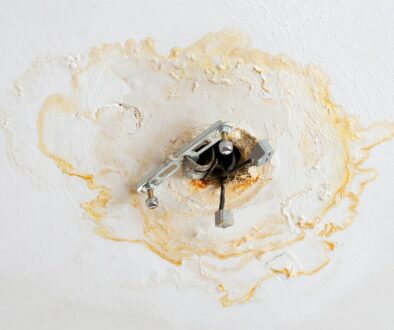Many homeowners keep a careful eye on the real estate market around them. They do this to gauge the estimated value of their home based on how much similar homes are selling for in the market. This is important, as a home is an important part of a financial portfolio.
But, the actual value of your home can be much lower than those similar if issues come up during a home inspection that are costly to fix. These could be issues with the structural integrity, the home’s foundation, or risks to health and safety that were hidden within the walls. Unexpected water damage problems can cause all of those issues to be present.
Being aware of these issues as soon as possible can help you address them long before you’re ready to list your home for sale. Let’s look at three of the ways hidden water damage can impact your home’s value:
Water Damage Can Compromise the Home’s Structure, Including Walls, Crawl Spaces, and Ceilings
Water that leaks into a home can cause severe damage to the structure of the house. This is because water weakens wood, encouraging rot and mold growth. As these problems progress, they can cause walls, crawl spaces, ceilings, and floors to collapse.
This may not be evident immediately after the water damage occurs. If the water restoration company you worked with did not do a careful job, they may have cleaned up the surface issues without addressing the root damage. This means that, to you, things in your house may have seemed okay. But, under the surface, the moisture that was still present was wearing down your home’s structures.
During a home inspection, the structural integrity of your home will be carefully assessed. If it is compromised, it will be recorded on the report. Many people will not feel comfortable living in a home that may not be safe, so it will be hard to find a good buyer. The cost of repairing this type of damage can be significant. This means a buyer willing to pay will offer much less, as they will need the extra funds to complete the repairs. This will have a major impact on the value of your home.
How Unexpected Water Damage Can Weaken Your Home’s Foundation
The foundation of your home is what keeps it standing. It is the most important part of the house, as it supports everything else. When water damage weakens the foundation, it compromises the stability of the entire house.
Foundation damage can be caused by a few different things. One is from water that leaks into the crawl space or basement and saturates the ground. This can cause the foundation to crack or settle. Another way is from water that leaks through the roof and runs down the walls. This can erode the soil around the foundation, causing it to shift.
However, the type of soil you have around your house can have an even bigger impact on your home’s foundation. If you have good drainage systems around your home and water from rain or melting snow is able to easily sift through the ground or flow to a drain, your foundation will remain strong longer. But if you have dense soil that absorbs the moisture, it can then expand and put pressure on your home from the outside. Over time, this weakens the base of your home and can also create unexpected water damage problems.
During a home inspection, the inspector will check for signs of foundation damage. These include cracks in the foundation, cracks in the walls, doors and windows that are not level, and floors that are not level. If any of these things are found, it will be noted on the report.
The cost of repairing foundation damage can be very high. This is because it is a complex job that requires special equipment and knowledge. It is also a job that needs to be done correctly, as a poorly repaired foundation can cause even more damage to the house. This means that buyers will be very reluctant to purchase a home with foundation damage. They may only do so if they are getting a significant discount on the price.
Unexpected Water Damage Problems Impacting Health and Safety
Water damage that goes unaddressed can create hidden risks to the health and safety of a home’s occupants. These risks can be a major factor in determining whether or not someone would even be willing to buy your home, and if so, how much they would pay. The two main risk areas we’ll look at are electrical hazards and mold growth.
Electrical Hazards
When water seeps into the walls from the exterior or interior of the home, it may reach the electrical wiring within the walls. If it does, a few things can happen. First, water can corrode the wires, causing them to break or short circuit. This can create an electrical hazard, as the wires may arc or spark, starting a fire.
Another potential electrical hazard is when the water seeps into outlets or switches. If this happens, it can cause a shock hazard to anyone who touches the outlet or switch.
In a home inspection, the inspector will check for signs of water damage to electrical wiring. This includes looking for any exposed or damaged wires and testing outlets and switches for proper functioning. If any problems are found, they will be noted on the report.
If any damage is found, it will be noted on the report. The cost of repairing electrical damage can vary depending on the extent of the damage. However, it is always a good idea to err on the side of caution and have a professional electrician assess the situation.
Mold Growth
Mold growth is another hidden hazard that can be caused by water damage. Mold spores are present in the air all around us, and when they come into contact with moisture, they can start to grow. Mold loves to grow in dark, damp places, which is why it is often found in basements and crawl spaces.
Water that seeps past the point where you can see it can slowly create the perfect environment for mold to grow. In humid areas like central North Carolina, this is especially the case. Any moisture trapped within your home is almost certain to grow mold spores. This can be a huge health risk for people with existing illnesses or allergies.
As mentioned above, mold growth can also contribute to structural damage. In a home inspection, the inspector will check for signs of mold growth. This includes looking for any visible mold growth, musty odors, and water stains. If any of these things are found, the inspector will take samples to have them analyzed by a laboratory.
If mold is found, it will be noted on the report. The cost of repairing mold damage can vary depending on the extent of the damage. Even if the cost to repair it isn’t high, the mere presence of mold can be a major con for someone considering buying your home. And that negative feeling can lower the home’s value.
Don’t Let Hidden Water Damage Hurt Your Home Value: Schedule a Free Inspection!
Water damage, whether it is from leaks, floods, or other causes, can have a major impact on your home’s value. Unexpected water damage problems can significantly lower the value of your home and pose immediate threats to you and your family while you’re still living in it!
If you see any signs of potential water damage or have experienced any leaks or floods around your home, reach out to us at First Call! With over fifty years of experience dealing with water damage, and the additional risks it can cause, we know how to find any underlying issues and address them once and for all. When you work with us, we are your first and only call necessary to get the job done right! Request a free home inspection through our contact form here: firstcallnc.com/contact-us.
You can also check out our blog post outlining when you should call a water restoration company here.




